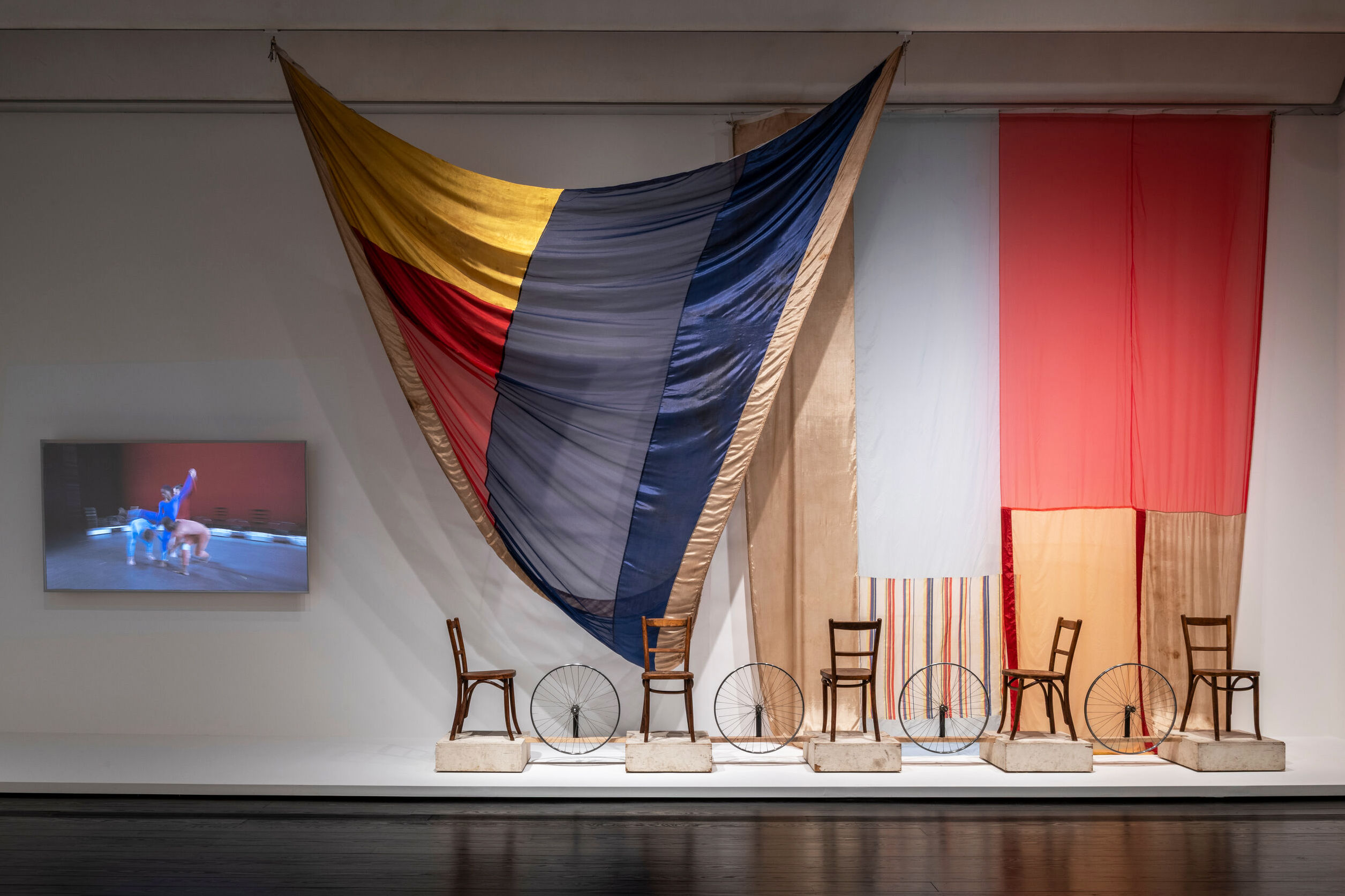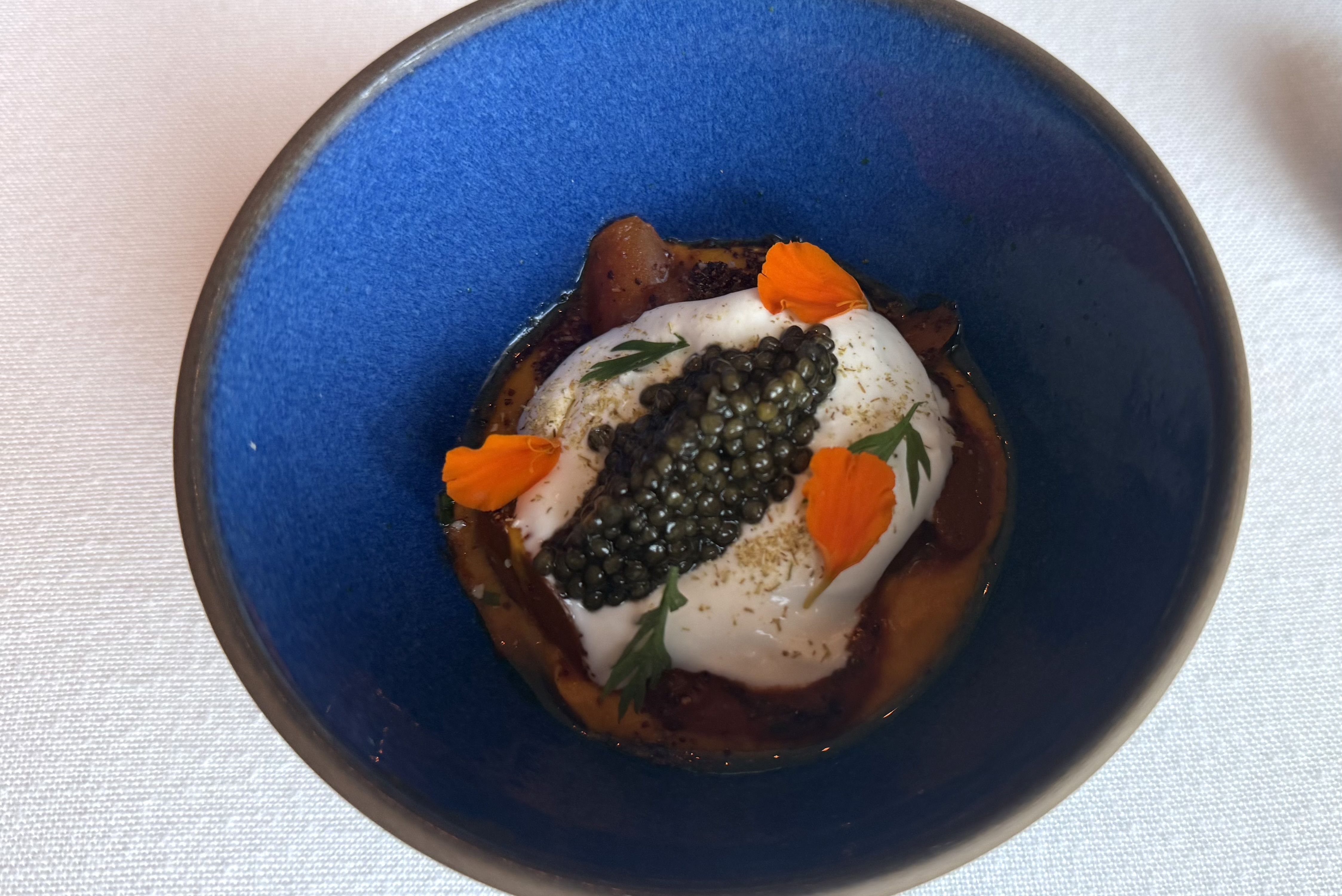More Mini Murals Are Coming to a Street Corner Near You
Armando Castelan says he’s "inspired by everything that is weird,” which, glancing at the artist’s website and Instagram, might be an understatement. Common visual motifs include animal-human hybrids, with vibrant birds and octopi sitting atop human bodies. Another absurdist illustration features a gun-toting zebra centaur mounted by a blonde nurse in purple scrubs (they appear to be on a hunting trip).
It’s the kind of image you almost need to show a friend to process, and Castelan enjoys when people share his work and their reactions through social media—it gets people talking. "I’m about creating art that people can photograph," he says.
The City of Houston this week announced 45 new artists, including Castelan, will help expand the mini mural program that decorates traffic signal control boxes. Dozens of colorful utility boxes already grace intersections across Houston, and this expansion will bring 40 new murals to neighborhoods like Acre Homes, Gulfton, and the Near Northside.
Although Castelan was born in Puebla, Mexico, he landed in Houston by way of Los Angeles as a teenager. A love for art started early after his dad bought him comics featuring Capulina, the beloved Mexican comedian. Castelan would try to draw the character’s iconic hat, and by the age of 5 he was reproducing 3-D versions. The doodles quickly became a career.
"When I was in high school that was my conscious goal, I knew I wanted to paint more," Castelan says. He’s a fan of surrealism and says his favorite artist is René Magritte—no coincidence considering he grew up mostly in Montrose, where the Menil Collection displays many works by the famed surrealist.
Castelan is also very passionate about animals. He owns six dogs, which he occasionally paints. He doesn’t like to get too political, but hopes to make art against animal cruelty for his next personal projects. As for the mini mural, he’s excited to create work for the public.
"I’m always glad to see art out in the streets where people have access to it," he says. "A lot of people don't go to art galleries, but they will certainly be able to appreciate a mural in their neighborhood. Whether they are driving by or just walking, they see a piece that causes certain emotion, and it can be a conversation starter.”




